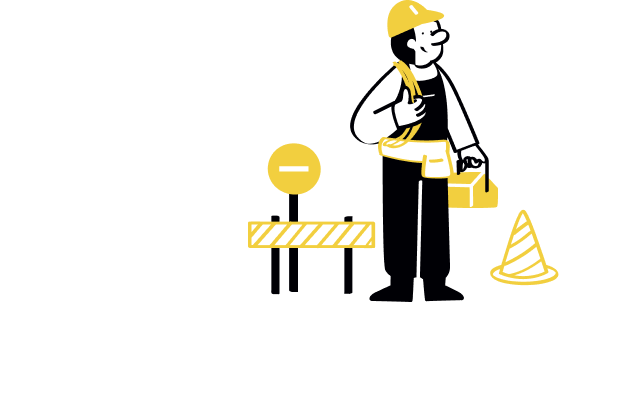Get your online store ready for this season with these proven Black Friday marketing strategies. Discover ten actionable Black Friday sales tactics for e-commerce and small businesses to increase traffic, conversions, and revenue this holiday season.
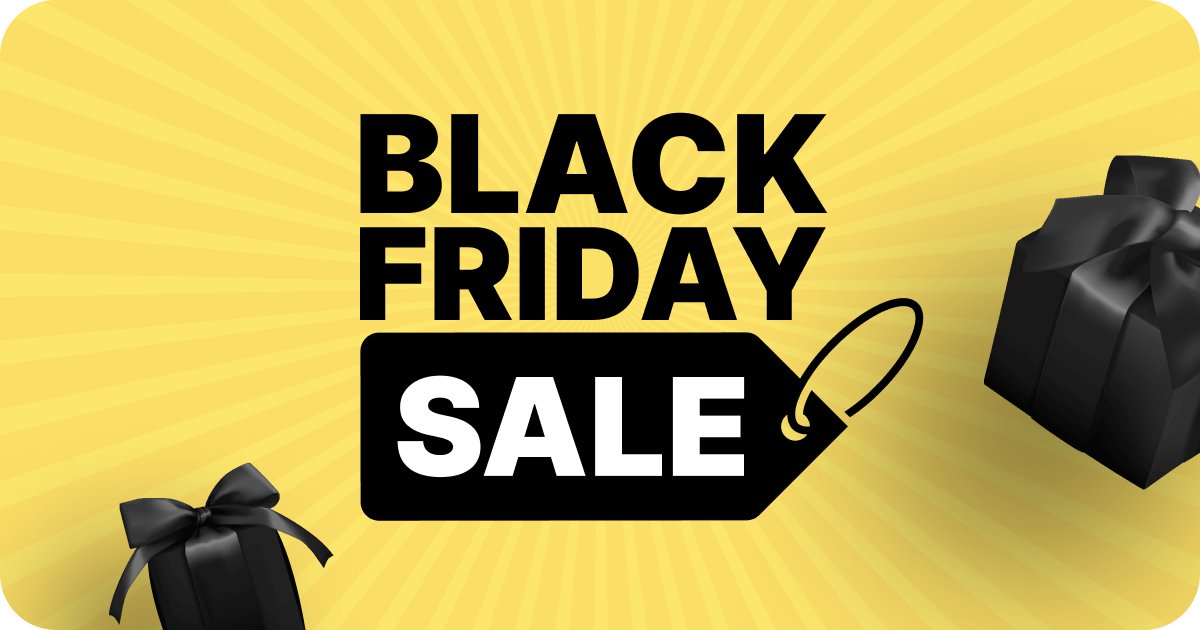
Every November, the internet transforms into a marketplace of possibility. For a few days, small brands outsell giants, side hustles become full-fledged businesses, and one viral idea can rewrite an entire year’s revenue.
This guide breaks down ten Black Friday marketing strategies that go beyond discount codes and flash sales.
Each one is designed to help your business stand out, sell smarter, and turn the year’s biggest shopping weekend into a launchpad for unstoppable growth.
Now, as we move into 2025, the rules have shifted again. Shoppers are more informed, competition is fiercer, and brands can no longer depend solely on simple discounts to capture attention.
More than 15,000 founders trust doola to view everything in one dashboard, from inventory levels to platform performance, providing them with the clarity they need to plan a stronger Black Friday strategy.
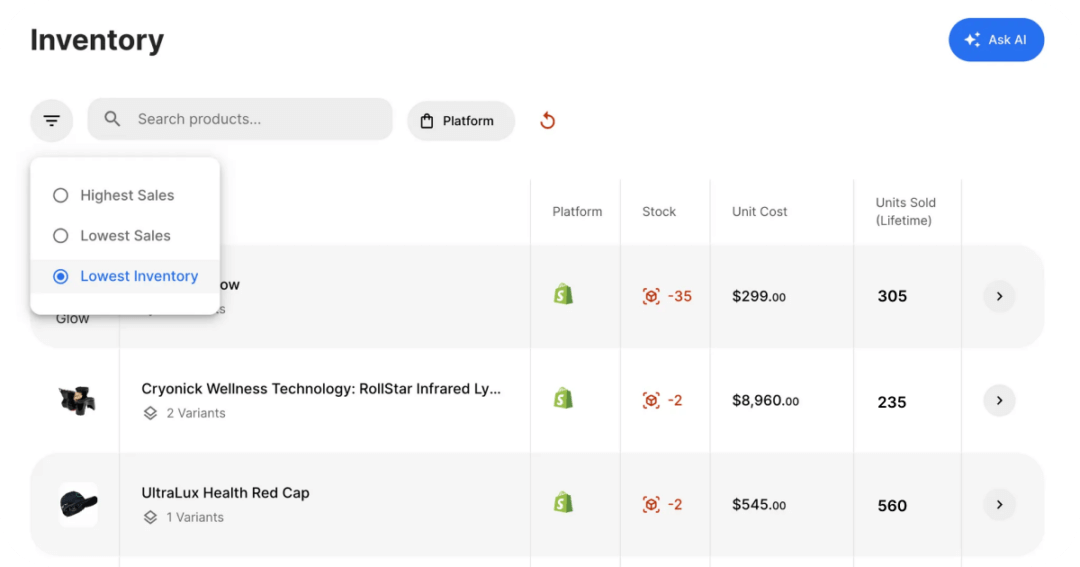
Let’s jump into the guide that breaks down ten powerful Black Friday marketing strategies to boost your sales, elevate your brand, and help you turn the biggest shopping weekend of the year into a launchpad for unstoppable momentum.
Strategy #1: Start Early and Own the Pre-Black Friday Buzz
Black Friday doesn’t start on Black Friday anymore. By the time most brands release their “official” deals, shoppers have already spent a significant portion of their budget.
Consumers now expect brands to start teasing offers, launching wish lists, and rewarding early action weeks in advance.
Example: Glossier’s Early Access Play
Glossier mastered this tactic by launching its “Friends of Glossier” campaign a week before Black Friday. Instead of blasting discounts everywhere, they sent early access links to newsletter subscribers and app users.
It doubled the click-through rate and increased average order values from returning customers. Shoppers felt like insiders!
How To Do It:
- Use social stories, countdown emails, or subtle site banners that hint at something coming. Build curiosity before revealing any numbers.
- Give your VIPs or existing customers a 24–48-hour head start. This not only drives conversions but also gives you an early sales benchmark before the main event.
- Let customers “heart” or “save” items they want. When your sale drops, send a personalized alert that their wish-listed product is now on discount.
- Pre-schedule content, monitor customer engagement, and manage communications across multiple platforms without needing to switch between them.
- Monitor early engagement metrics, including open rates, add-to-cart events, and email sign-ups. Early hype metrics are your strongest indicators for predicting your Black Friday ROI.
Pro Tip: The sooner you start building hype, the less you’ll have to fight for attention when the crowd shows up.
Strategy #2: Make Every Message Feel Personal and Valuable
It’s not enough to blast one offer to everyone and hope for the best. Smart brands are treating each customer like an individual with unique behaviours, interests, and value to the business.
Offers that feel custom-made win far more than “site-wide everything must go” tactics.
According to Reddit, e-commerce practitioners: “You can even create a “VIP Early Access” landing page to build hype.”
How To Do It:
✔️ Start by dividing your audience into meaningful groups based on behavior and purchase patterns.
Example segments:
- Repeat buyers: Top 10% of your most loyal customers
- High-intent browsers: Cart abandoners or wishlist users
- Dormant customers: 90+ days since their last purchase
- New subscribers: Joined within the past 30–60 days
Having these ready early gives you time to personalize communication.
✔️ Personalization consistently outperforms blanket discounts. Create unique offers for each audience type:
- Repeat buyers: Give early access, VIP perks, or bonus bundles.
- High-intent browsers: Send reminders of saved items, highlight limited stock, and include a small incentive to encourage them to complete the purchase.
- Dormant customers: Reconnect with a “we’ve missed you” message and a huge comeback offer.
- New subscribers: Offer a clear welcome discount with an invitation to join your loyalty or early access program.
✔️ Automate key moments to drive conversions effortlessly:
- If a customer adds something to their wishlist or cart but doesn’t check out, trigger a “reserved for you” email or message.
- For VIPs who open but don’t make a purchase, follow up with a limited-time upsell or exclusive reward.
- Use loyalty points, app notifications, or SMS reminders for your most active audience.
✔️ Track metrics by segment, not just overall.
- Monitor open rate, click-through rate, conversion, and AOV for each group.
- Use insights to refine future segments and improve next year’s campaign performance.
- Regularly check your unsubscribe and spam complaint rates to maintain a healthy and responsive list.
Strategy #3: Boost AOV with Bundles & Mystery Boxes
People love getting more for less, especially when there’s a hint of surprise.
A well-planned bundle or mystery offer taps into curiosity and instant gratification, two emotions that drive impulse purchases during high-traffic events like Black Friday.
You’re increasing perceived value without hurting margins and giving customers something worth talking about long after checkout.
Example: ColourPop’s Mystery Box Success
Beauty brand ColourPop has perfected the art of creating excitement around its annual Mystery Box drop.
During its 2024 Black Friday sale, the brand offered boxes worth over $150 for just $49, teasing only a few hints of what was inside. The campaign sold out within hours and generated massive social buzz through unboxing videos and TikTok trends.
ColourPop’s team revealed later that these boxes not only cleared inventory but also introduced customers to new products they later repurchased. That’s the power of curiosity-driven commerce; one event fuels ongoing loyalty.
How To Do It:
- Don’t just throw products together. Curate them around a theme that fits your brand and audience. For example, “Winter Glow Kit,” “Daily Essentials Bundle,” or “Ultimate Gift Box.” This helps shoppers instantly understand the value and purpose of your bundle.
- Keep pricing transparent and straightforward. Highlight the total value versus the customer price (for example: “Worth $500 but for you, $350” this season!”). Add a limited quantity to build exclusivity and urgency.
- Use visual cues such as strike-through pricing, bundle savings tags, and progress bars indicating stock levels. The clearer the savings, the easier it is for buyers to justify spending more.
- At checkout, prompt customers with complementary add-ons (“Add this serum for 25% off”) or bonuses (“Buy two boxes, get a mystery gift”).
- Encourage customers to share unboxing videos or bundle reveals by offering small rewards or reposting their content. Include a surprise freebie, branded sticker, or hand-written thank-you card to enhance the unboxing moment.
- Monitor your AOV, bundle vs. individual product sales, and return rates. Use this data to refine next year’s bundle themes and price points.
Pro tip: Use doola to see your top-performing products, refund patterns, and unit-level sales. This helps you choose which items to bundle, which products deserve priority placement, and where you need to restock before traffic spikes.
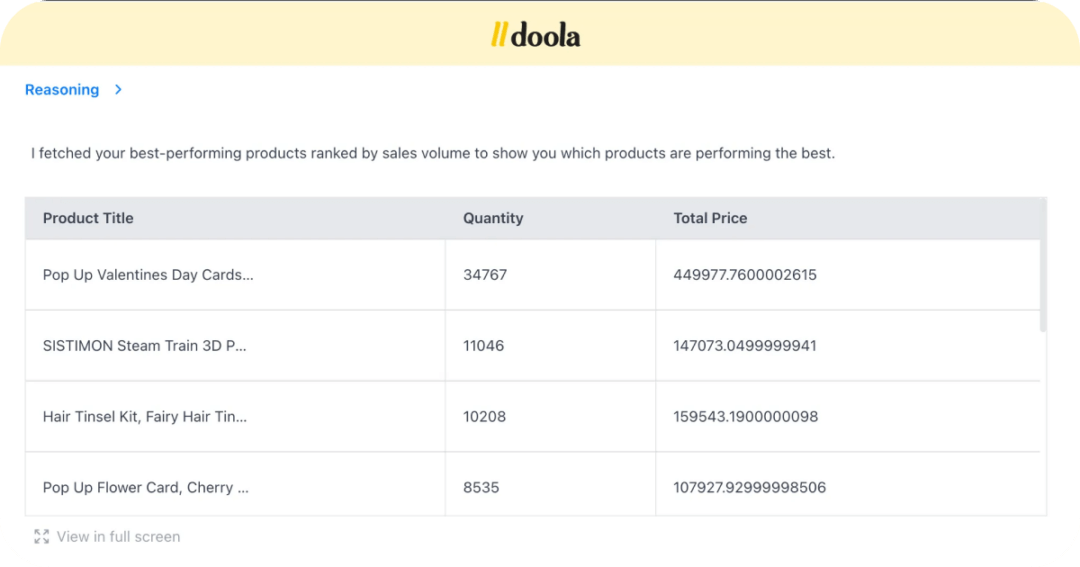
Strategy #4: Use Scarcity & Urgency to Drive Fast Action
When shoppers sense time is running out or something is limited, they act faster. Scarcity and urgency tap into psychology, how we hate missing out and value items less abundant.
This is especially powerful during the big Black Friday weekend when hesitation means someone else snags the deal. According to research, showing “while supplies last” significantly boosts conversion rates.
Example: Gymshark’s Flash Deal Drops
Gymshark rolled out tight-window releases and limited stock alerts during their Black Friday event.
The business used countdown timers, “only a few left” signals, and rolled out new deals every few hours. This kept visitors returning and checking back rather than only visiting once.
How To Do It:
- Add countdown timers on your landing page, email banners, and checkout pages (“Sale ends in 4 h 12m”).
- Display real-time stock cues (“Only 7 left”, “10 people are viewing this right now”).
- Launch limited quantity campaigns (“Only 200 units at this price”).
- Offer deal drops at specific times (“New bundle unlocks at 10 AM”, “Flash sale until noon”).
- Use urgent copy and visuals (“Last chance”, “Ends in X”, “While stock lasts”).
- Ensure consistency across email, social, and ads, all of which reference the same timer or availability to avoid confusion.
- Track conversion rate during urgency windows vs normal, bounce/exit rates, and time on page when the timer counts down.
📌 Related Read: 7 Rules for Staying Profitable With Your Black Friday 2025 E-Commerce Ads
Strategy #5: Free Shipping & Smart Incentives
In a sea of discounts, one incentive consistently persuades shoppers more than many: shipping that feels like no extra cost. Free shipping or threshold-based delivery incentives can tip the purchase decision, increase average order value and reduce cart abandonment.
For example, by offering “Free shipping on orders over $50” or switching to expedited shipping options for high-intent buyers who need last-minute delivery.
How To Do It:
- Set a clear free shipping threshold that encourages higher spend (e.g., “Free shipping on orders above “$99”).
- Promote free shipping as part of your offer across all channels (email subject lines, homepage banners, social ads).
- Consider offering expedited shipping as a complimentary benefit for VIPs or as a bundled reward (“Free express shipping for loyalty members”).
- Communicate delivery expectations clearly, like “Order by midnight for delivery by Dec 10”. Transparency reduces post-purchase anxiety!
- Combine incentives: offer shipping and a bonus item or gift wrapping for orders above a certain threshold to increase the perceived value.
- After the sale, evaluate cart abandonment rates, threshold spend increases, and whether free shipping has lifted overall AOV.
With doola, you can analyze margins across Amazon and Shopify to determine a safe free shipping threshold that boosts conversion without hurting profits. You also see channel-wise sales, so you know where to lean in as orders increase.
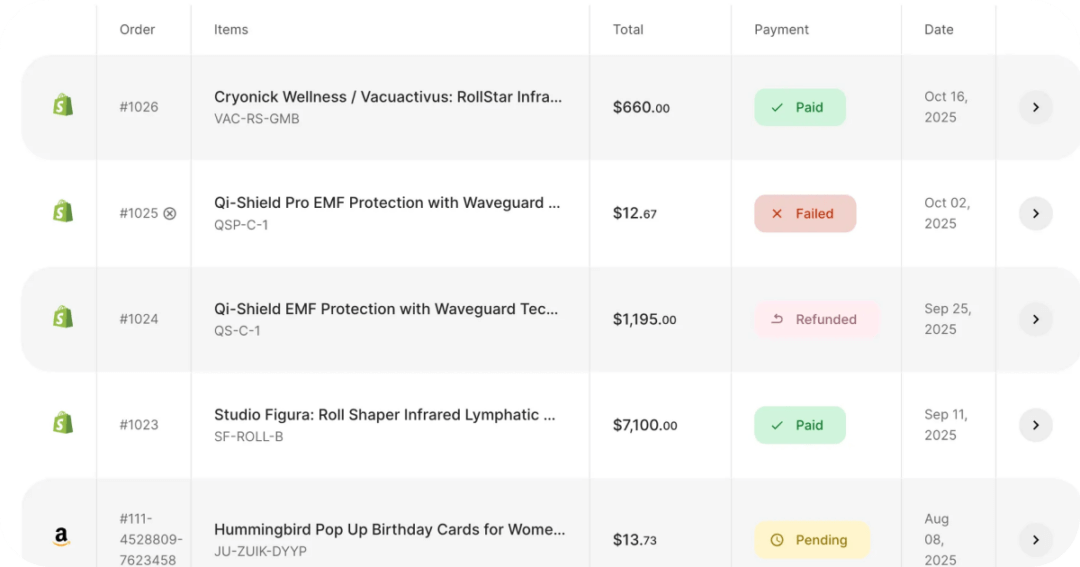
Strategy #6: Extended Returns and Risk-Free Shopping
Extended return policies and risk-free shopping create confidence, especially for new buyers testing your brand for the first time. When customers know they can return items later, they buy faster and spend more.
Transparency and reassurance are now as powerful as a discount!
Example: Cartier’s Extended Holiday Return Policy
Luxury brand Cartier understands trust equals loyalty. During Black Friday 2024, the brand extended its return window to over 90 days, allowing customers to return purchases until mid-January.
This simple policy gave hesitant buyers the confidence to purchase high-value items as gifts without worrying about post-holiday regret. The brand not only increased conversions but also reinforced its image as a customer-first luxury house.
How To Do It:
- Announce an extended return period (for example, “All Black Friday orders can be returned until Jan 15”). It builds assurance and differentiates your offer from competitors who stop at 7–10 days.
- Place your return policy on banners, product pages, and checkout screens. Visibility builds trust. Avoid fine print or vague timelines.
- Use tools like Loop Returns, AfterShip, or a customized workflow to simplify refunds or exchanges. The easier the process, the more confident shoppers feel when buying in the first place.
- Highlight your “Hassle-Free Returns” as a benefit in ads and emails. Customers interpret it as a mark of quality and reliability.
Pro Tip: After the sale, analyze refund requests, exchange rates, and return reasons. This data helps refine your product descriptions and sizing guides for the future.
Strategy #7: Limited-Edition Charitable Campaigns
Today’s shoppers care about more than just deals. They want to support brands that give back.
Running a purpose-driven Black Friday campaign not only boosts goodwill but also turns one-time buyers into lifelong advocates. When your sale supports a meaningful cause, you stand out in a sea of discounts.
Example: Poppy Barley’s “Future Fund” Campaign
Footwear brand Poppy Barley turned its Black Friday event into a social movement.
Instead of offering deep discounts, the brand pledged 100% of its net profits over the weekend (up to $15,000) to support KidSport Canada, funding sports programs for underprivileged children.
The campaign drove a 30% spike in engagement, thousands of new social followers, and a surge in repeat customers who resonated with the mission.
📌 Related Read: Black Friday 2025 E-Commerce: Predict Best Sellers & Maximize Profit with AI
How To Do It:
- Choose a charity or cause that aligns with your values or product category. For example, an eco-brand that supports reforestation or a fashion label that funds education for women.
- State clearly how donations work: “10% of profits donated” or “1 tree planted per order.” Avoid vague claims; authenticity matters.
- Show progress in real time through a tracker or goal bar (“Goal: Plant 10,000 trees — 7,800 reached”). This turns shoppers into participants.
- Create an emotional connection through short videos, blog posts, or founder notes that explain why this cause matters, highlighting testimonials, reposting user-generated content, and sharing updates after the campaign ends.
Customers want to see the impact of their contribution.
Strategy #8: Anti-Consumerism Campaigns
Anti-consumerism campaigns shift the narrative, focusing on longevity, sustainability, and mindfulness rather than endless consumption.
For mission-driven brands, this strategy doesn’t hurt sales. It builds respect, loyalty, and long-term brand equity.
Example: Patagonia’s “Don’t Buy This Jacket” Movement
Outdoor brand Patagonia became legendary when it ran its “Don’t Buy This Jacket” campaign on Black Friday. Instead of pushing new products, the brand encouraged people to repair, reuse, and recycle what they already owned.
The campaign generated massive press coverage, boosted its “Worn Wear” resale program, and strengthened its reputation as a brand that truly stands by its values.
How To Do It:
- If your brand stands for sustainability or ethics, make that the core message of your campaign. For example, “Buy less, choose better,” or “Only buy what you’ll love for years.”
- Promote repair, trade-in, or recycling programs during Black Friday. Offer small rewards for customers who participate.
- Share behind-the-scenes stories or founder perspectives that explain why you’re choosing impact over profit. Let your brand voice feel human, not preachy.
- Success for anti-consumerism campaigns isn’t measured by weekend revenue, but rather by community growth, press mentions, and retention metrics over the following months.
Strategy #9: Reverse Psychology Pricing
Sometimes, the most effective way to sell more is by doing the opposite of what every other brand is doing.
When everyone is slashing prices, raising yours or offering a surprising non-discount can get attention and preserve margin. The goal is to stand out, make people think, and create stories worth sharing.
Example: Cards Against Humanity
They ran a sale where they raised the price of their core card game by $5 instead of lowering it.
This was an act of “anti-marketing” designed to satirize the consumer frenzy and absurdity surrounding Black Friday sales.
They explicitly presented the price increase as a “deal,” and, surprisingly, the gambit was successful: sales still increased, and the stunt generated massive media and social attention.
How To Do It:
- Choose a surprising pricing move (e.g., increase price, remove sale category, or sell “nothing” for a fee) to highlight your brand voice and drive engagement.
- Craft copy that explains the twist: “We’re doing this because…” so it feels intentional, not confusing.
- Limit the stunt to a small segment or for a short window to control risk and test response.
- Promote the stunt through email, social media, and website banners to turn it into a story.
- Use this only if the move aligns with your brand values. Authenticity is crucial or it backfires.
Strategy #10: Member-Only Exclusives
By giving select customers early access or app-only deals, you deepen loyalty, reduce public discount exposure, and create a feeling of ‘insider’ status.
Brands such as Zara and Pull & Bear offered early-access Black Friday deals to app users before public launch, boosting downloads and conversions.
How To Do It:
- Offer a members-only launch window (e.g., 24-48 hours before public) via your app or loyalty program.
- Create app-only or member-exclusive promotions (e.g., specific SKUs, bonus items, extra loyalty points).
- Promote the exclusivity ahead of time to build anticipation (“Only for members”, “App first”).
- Use push notifications, in-app banners, and email to funnel users into the exclusive experience.
- Ensure inventory and tech readiness behind the scenes (app load speed, checkout stability) because loyal users have high expectations.
Bonus: How Mejuri Turned Black Friday Into a Brand Movement
When jewelry label Mejuri first joined the Black Friday rush, it redefined how modern consumers buy luxury. Known for its “buy fine jewelry for yourself” philosophy, Mejuri rarely offers discounts, but when it does, it becomes an event in itself.
For Black Friday 2024, the brand launched a 25% sitewide sale for orders over $150, its most significant promotion of the year.
By limiting the event to loyal subscribers first, offering early access to VIP customers, and setting a high enough threshold to increase the average order value, Mejuri created a sense of rarity and belonging rather than a price-chasing frenzy.
The strategy paid off. Social media buzzed with customers sharing their Mejuri hauls, several collections sold out within hours, and the campaign generated one of the brand’s highest retention spikes of the year.
Here’s to a Successful Black Friday and Holiday Season With doola
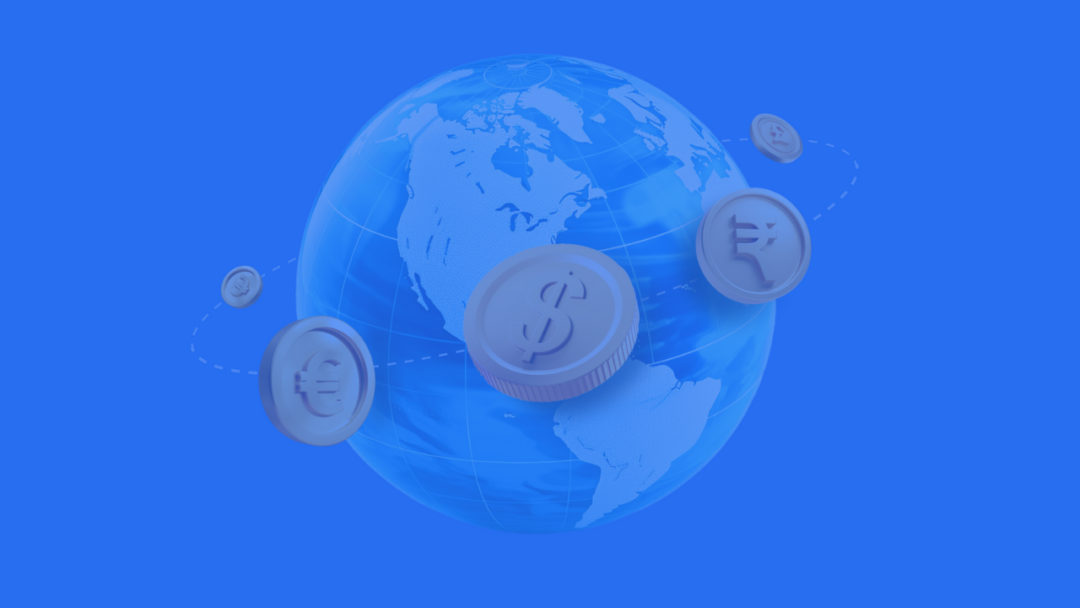
Preparation, planning, and starting early are the real keys to a profitable holiday season.
The strategies you’ve read here are designed to help your business stay ahead of the rush, connect meaningfully with customers, and turn this Black Friday into a long-term win.
If this is your first time running a Black Friday or Cyber Monday campaign, consider it a valuable learning experience. Every campaign teaches you something new about your audience, your operations, and your creativity.
At doola, we believe in empowering doe’rs to focus on what they do best: ideating, building, creating, and scaling. Whether it’s setting up your business, managing payments, or automating campaigns, doola helps you handle the entire back-office tasks so you can focus on winning.
Ready to put your back office on autopilot?
Sign up for doola and get set up in just a few minutes!

This year, don’t just follow the Black Friday trend; lead it!
FAQs
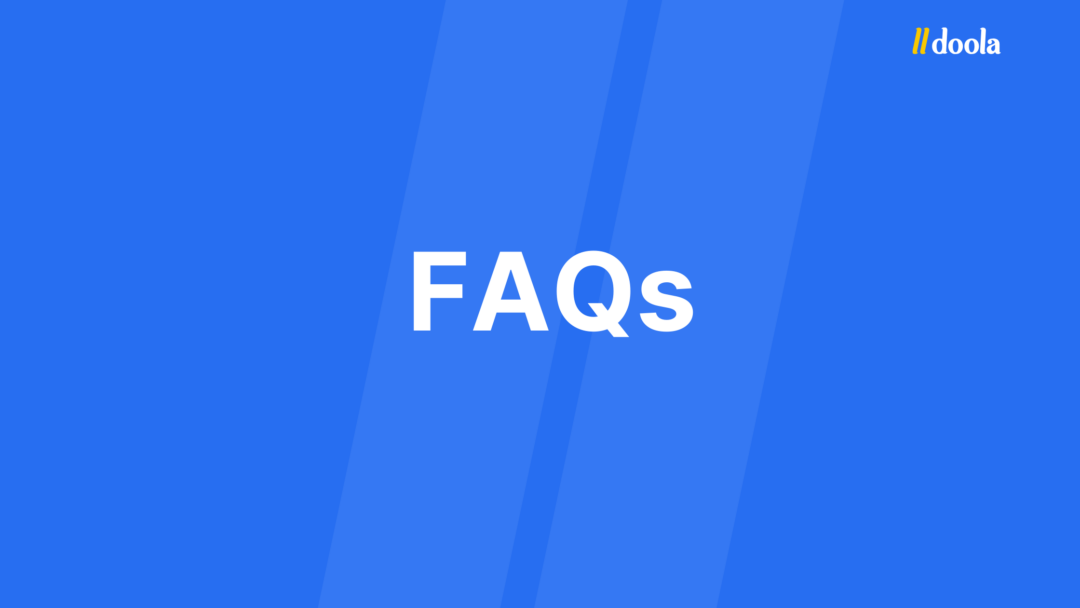
How can small businesses compete with big retailers?
Small brands win with personal touches, fast communication, and strong storytelling. Show the human side of your brand and build emotional connection through your emails, packaging, and customer experience.
What should I prioritize on my website before launch day?
- Fast mobile performance
- Easy navigation and clean checkout flow
- Tested discount codes and automation rules
- Visible countdown timers and urgency cues
- Reliable hosting to handle higher traffic
What do shoppers expect most this year?
Shoppers seek transparent offers, fair prices, trust, and a unique experience. Free shipping, clear delivery times, and flexible returns have the largest impact. People shop confidently when they feel secure.
What are the top-selling categories this season?
Fashion, beauty, home decor, and tech accessories continue to lead global sales. Growing segments include eco-friendly goods, personalized gifts, and premium wellness products.
How do I retain new customers after Black Friday?
Send a thank-you email within two days of purchase, invite them to join your loyalty or rewards program, and offer personalized product recommendations.
Continue engaging with them through email, SMS, or community channels to encourage their return for the holidays and beyond.



